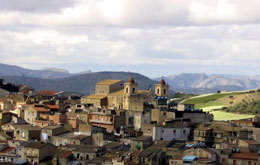When I first started researching the Italian side of my family tree, once I had discovered the actual name of my great-grandfather’s hometown of Serradifalco from the botched version my father had told me, a quick google search of “Serradifalco genealogy” turned up the excellent web site on the Coniglio family: http://www.conigliofamily.com
The site is maintained by Angelo Coniglio. His parents, Gaetano Coniglio and Rosa Alessi immigrated to Buffalo from Serradifalco a little over 100 years ago, around the same time as my great-grandparents Angelo Palmeri and Maria Giambrone immigrated to Buffalo.
His web site is filled with wonderful information on Serradifalco, including a partial translation (here) of a history of the town, the original Italian of which I’ve included in pdf form on my site, as well as lots of stories and essays related to his family in particular and to the Sicilian-American experience in general.
At the time when I was starting on my genealogical research, I knew no Italian – I am only now at an intermediate stage – and his excellent translations of various Italian vital records he has posted on his site (for example, here) were simply indispensable to me in trying to read the records I found searching through microfilm.
At some point, Ange emailed me after having found my own web site – this one here – and we corresponded occasionally on Serradifalco, genealogy, and dual citizenship. Ange graciously sent me some records of my family members that he found during his searches.
Given that Serradifalco was a small town and that his parents and my great-grandparents immigrated around the same time to Buffalo, it was likely that they knew each other, but could they have also been related? Were Ange and I cousins? No, at least based on the records either of us had found.
Then sometime last fall, Ange emailed that his DNA and my DNA on AncestryDNA had a small positive match. We could be distantly related.
Just recently, he found a death record with the name Butera. My fourth great-grandmother was Diega Butera – I had it misspelled as “Batera” on my family tree, having mis-read the difficult-to-read script in the records. It turns our that Diega’s sister, Maria Butera, is Angelo Coniglio’s second great-grandmother.
That makes us fourth cousins twice removed; in other words, Ange is fourth cousins with my grandfather, Joseph A. Palmeri (1911-1967). My great-grandfather Angelo Palmeri and his father Gaetano Coniglio, who both emigrated from Serradifalco, were third cousins, so even if they knew each other, they may or may not have known that they were related to one another. I’ve only discovered my own third cousins over the past several years.
Here is the death certificate for Diega Butera, born in 1777:
Since I’m now part of Ange’s family tree, that also means that I get to go back two more generations (our common ancestors) because of his research.
Diega Butera’s parents (my fifth great-grandparents) were Antonino Butera (who died sometime between the marriage of his daughter Maria in 1787 and the death of his wife Onofria in 1817) and Onofria Porto (Patracino) (born abt 1752, died 9 Mar 1817 in Serradifalco).
Antonino Butera’s parents (my six great-grandparents) were Pietro Butera (who died before 1759) and Leonarda (who died after 1759).
Onofria Porto’s parents (my six great-grandparents) were Angelo Porto (who died before 1759) and Carmine (who died after 1759).
Only a few other branches of my family tree goes back this far in time – two on my mother’s side in Scotland and France, and one on my maternal grandmother’s side from Montemaggiore Belsito Sicily.

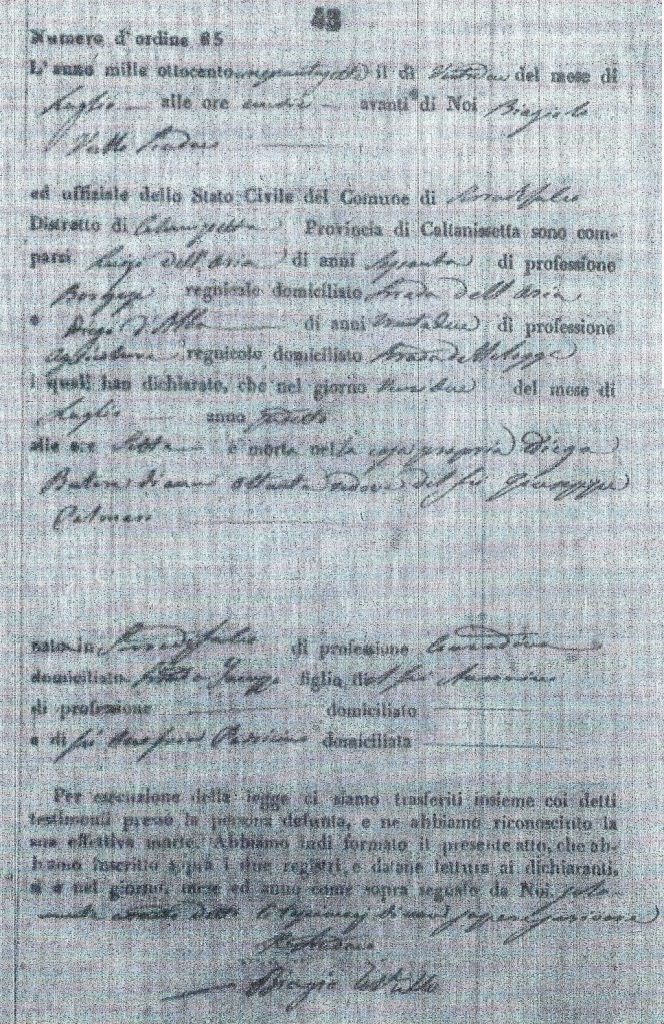
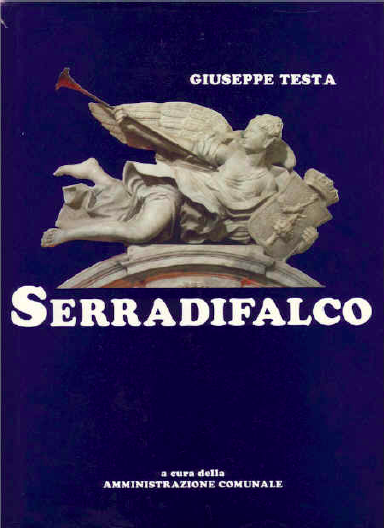
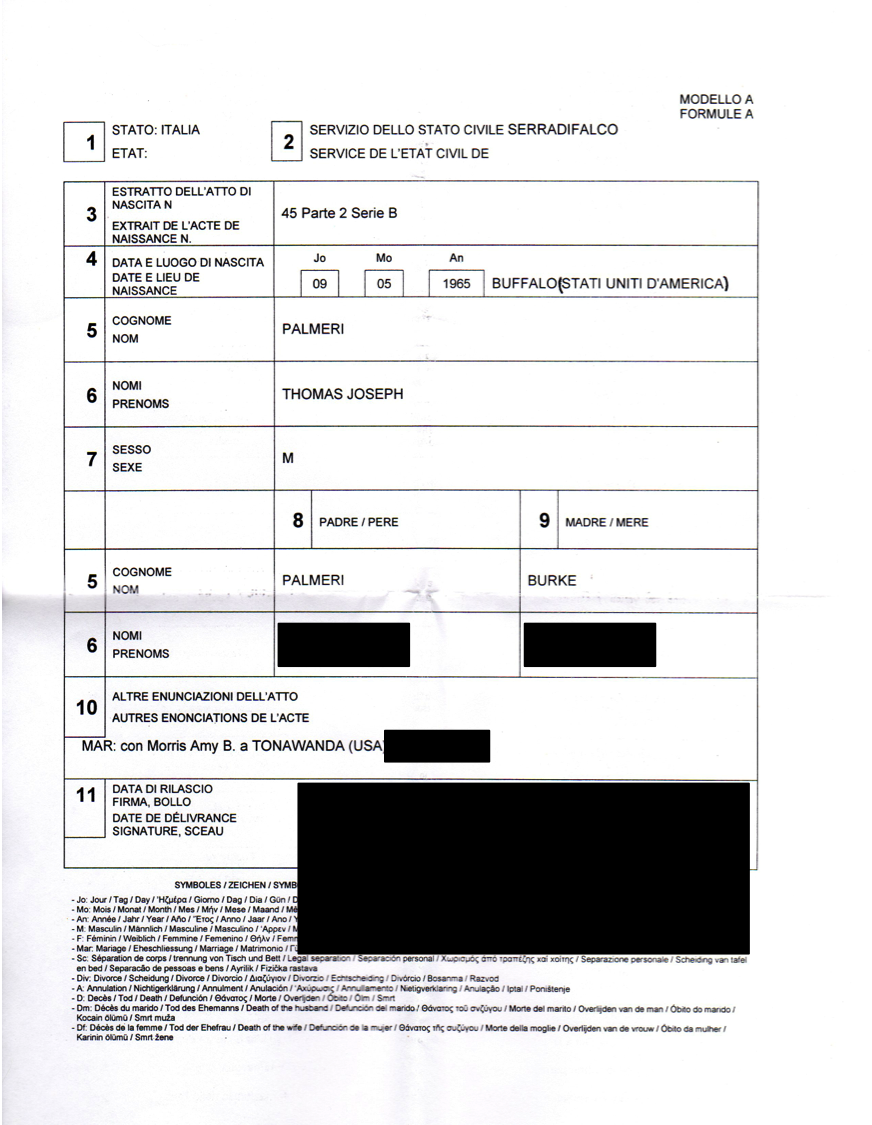
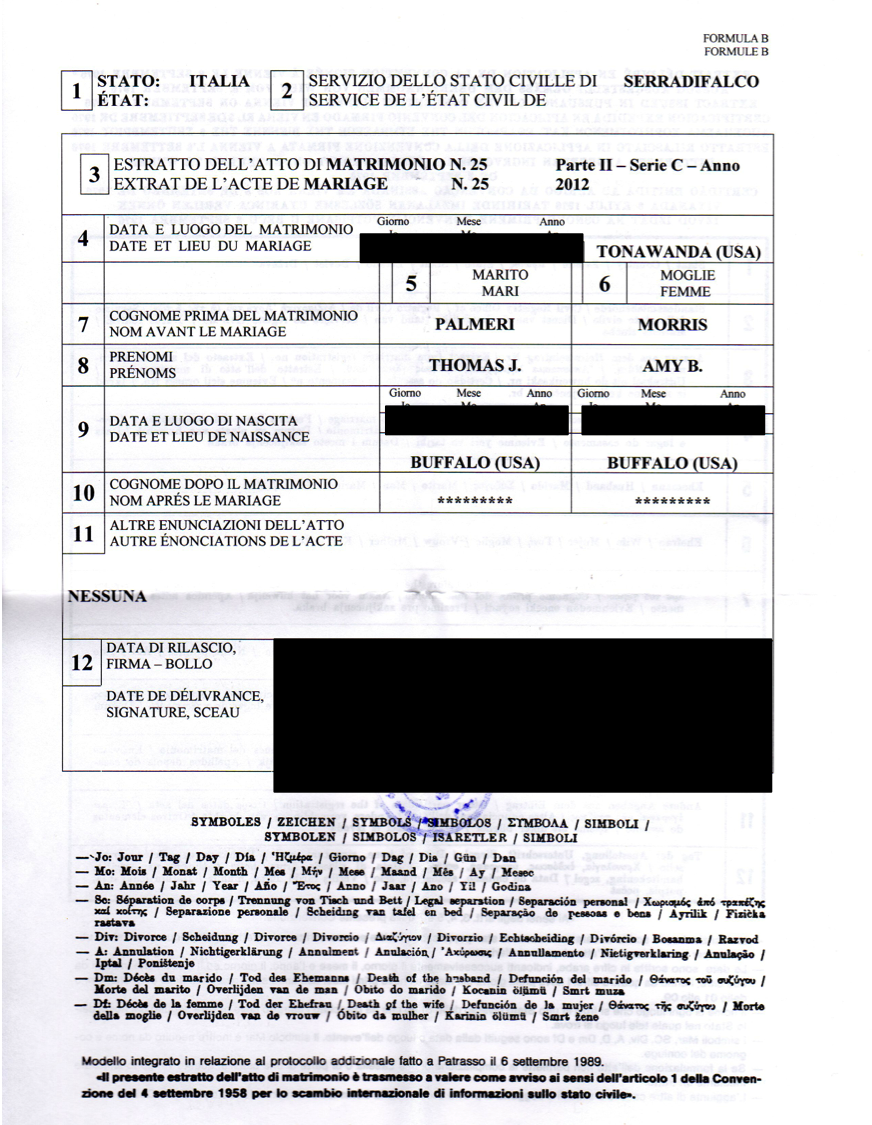
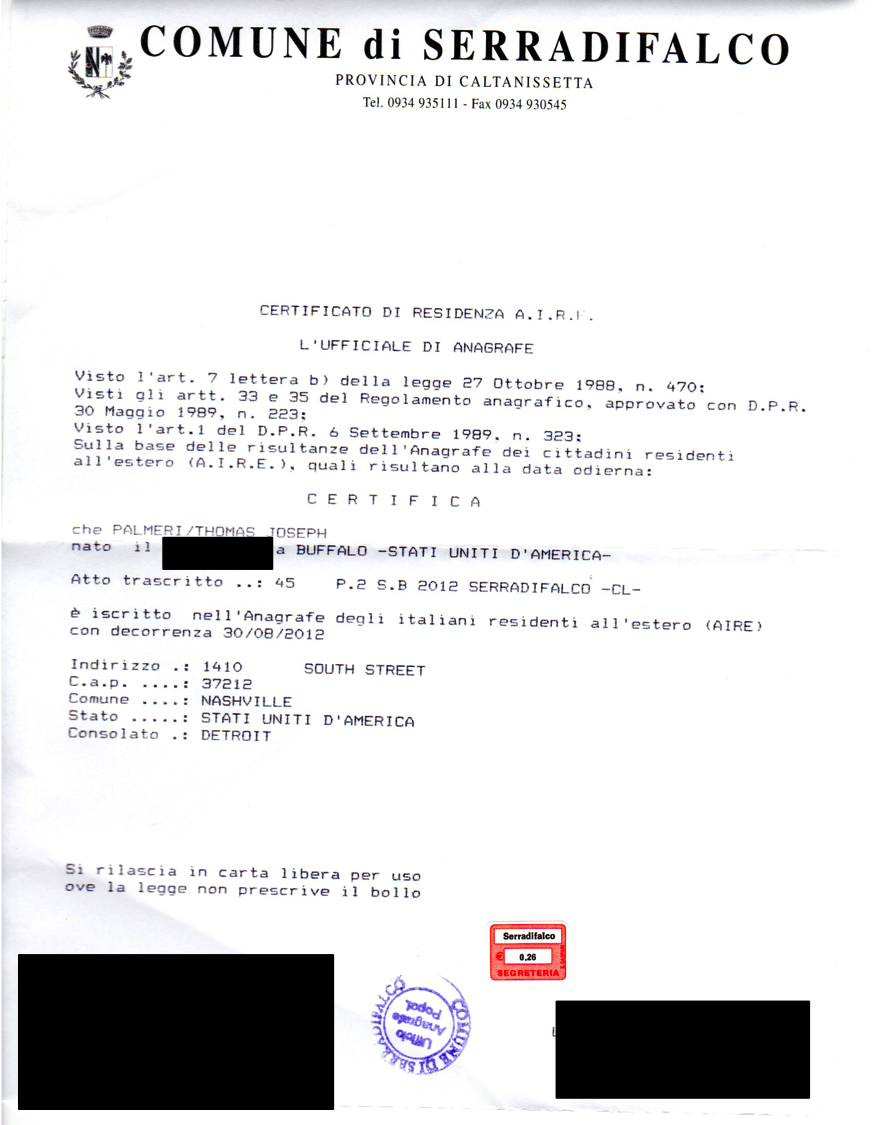
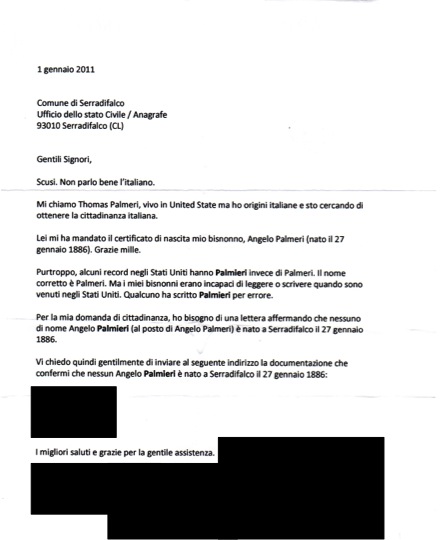
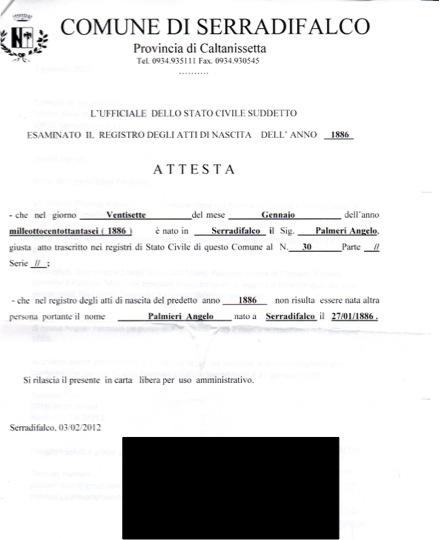
.jpg)
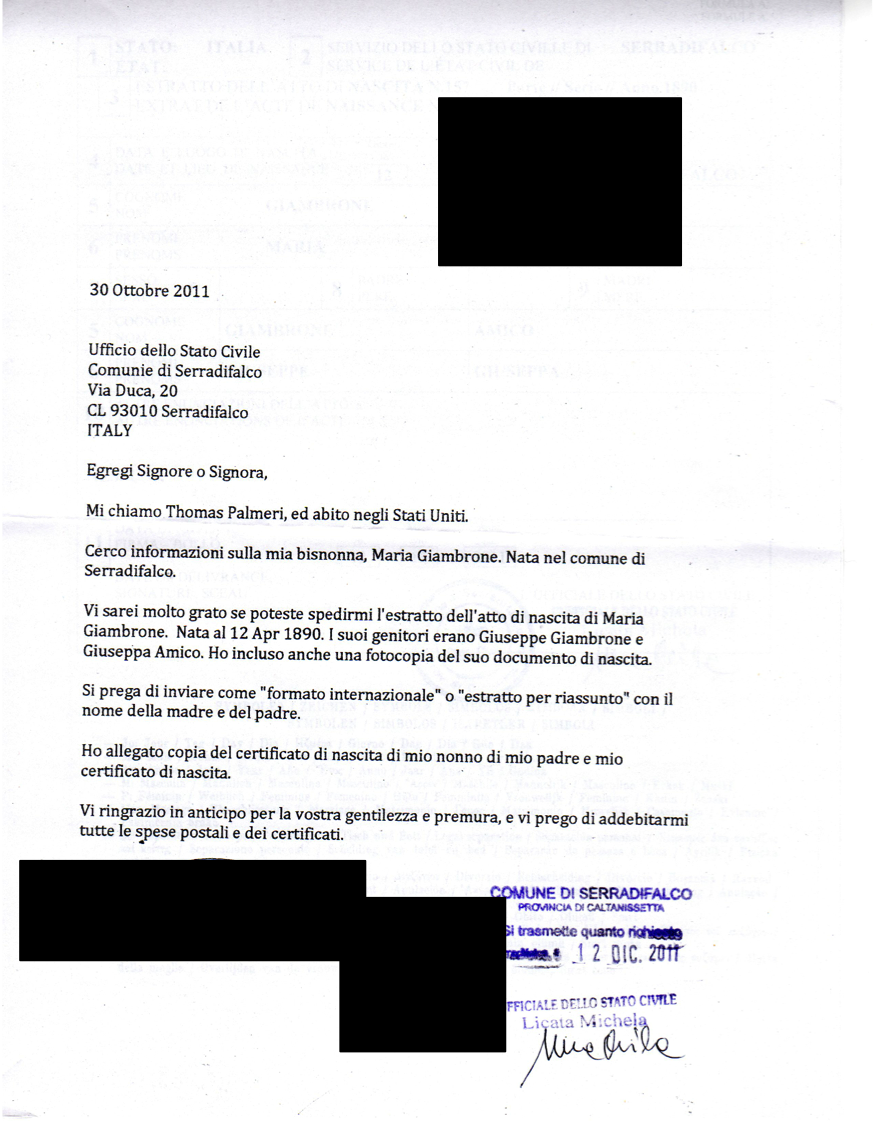
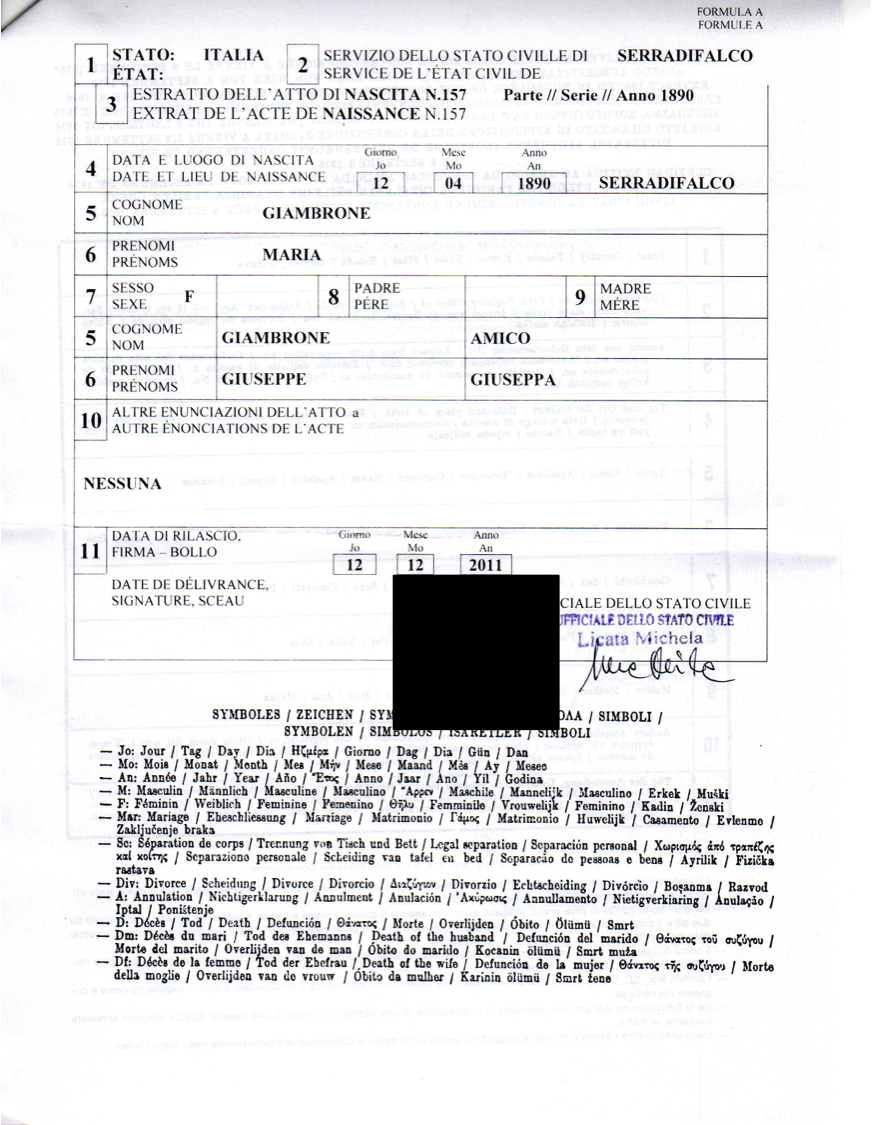
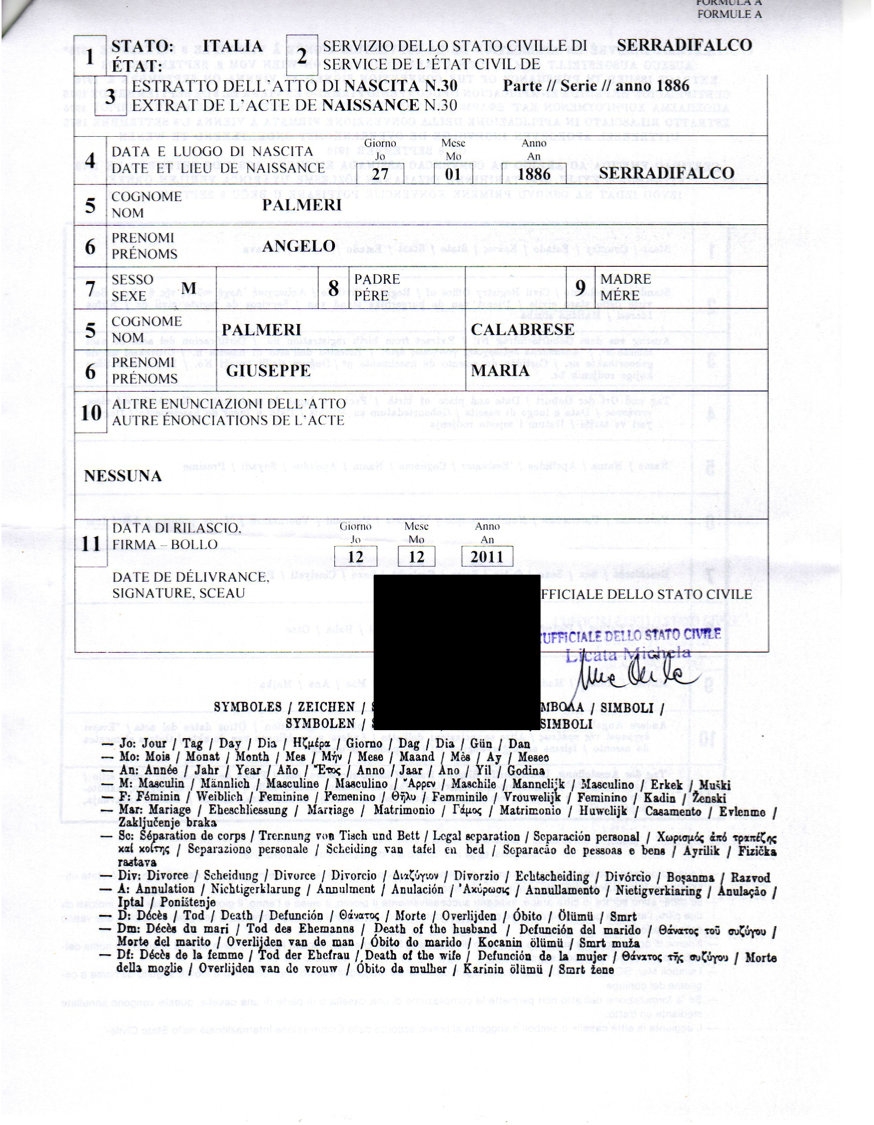
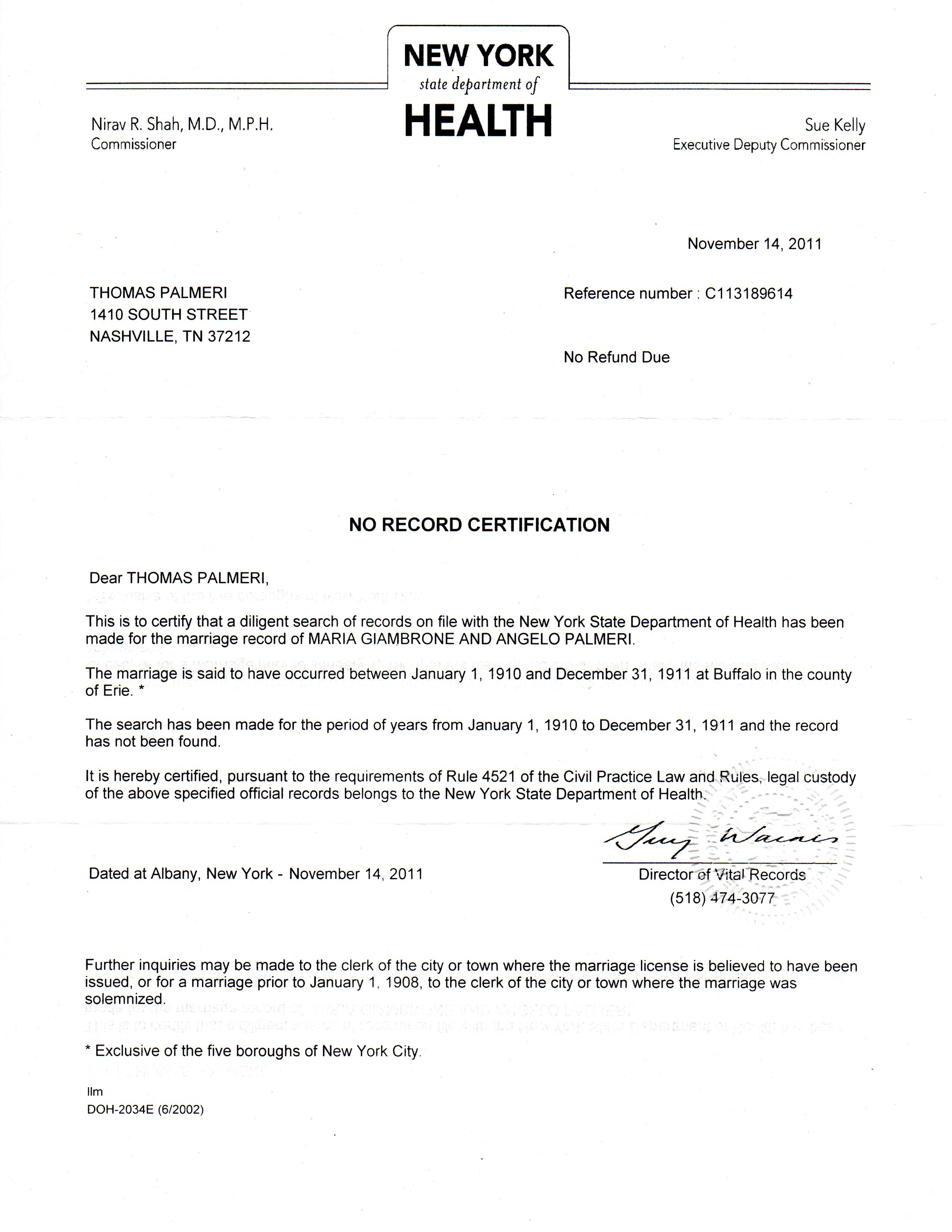
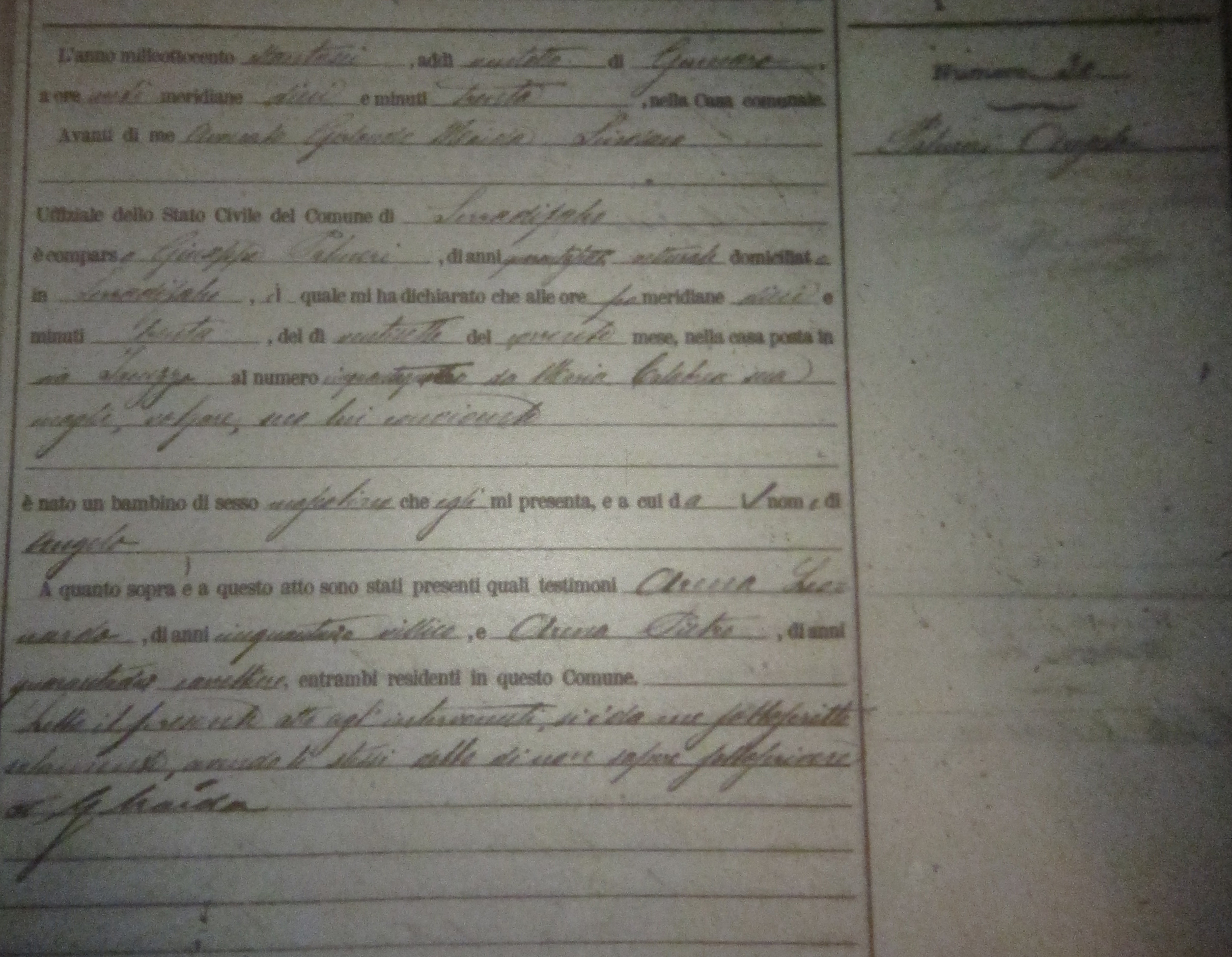
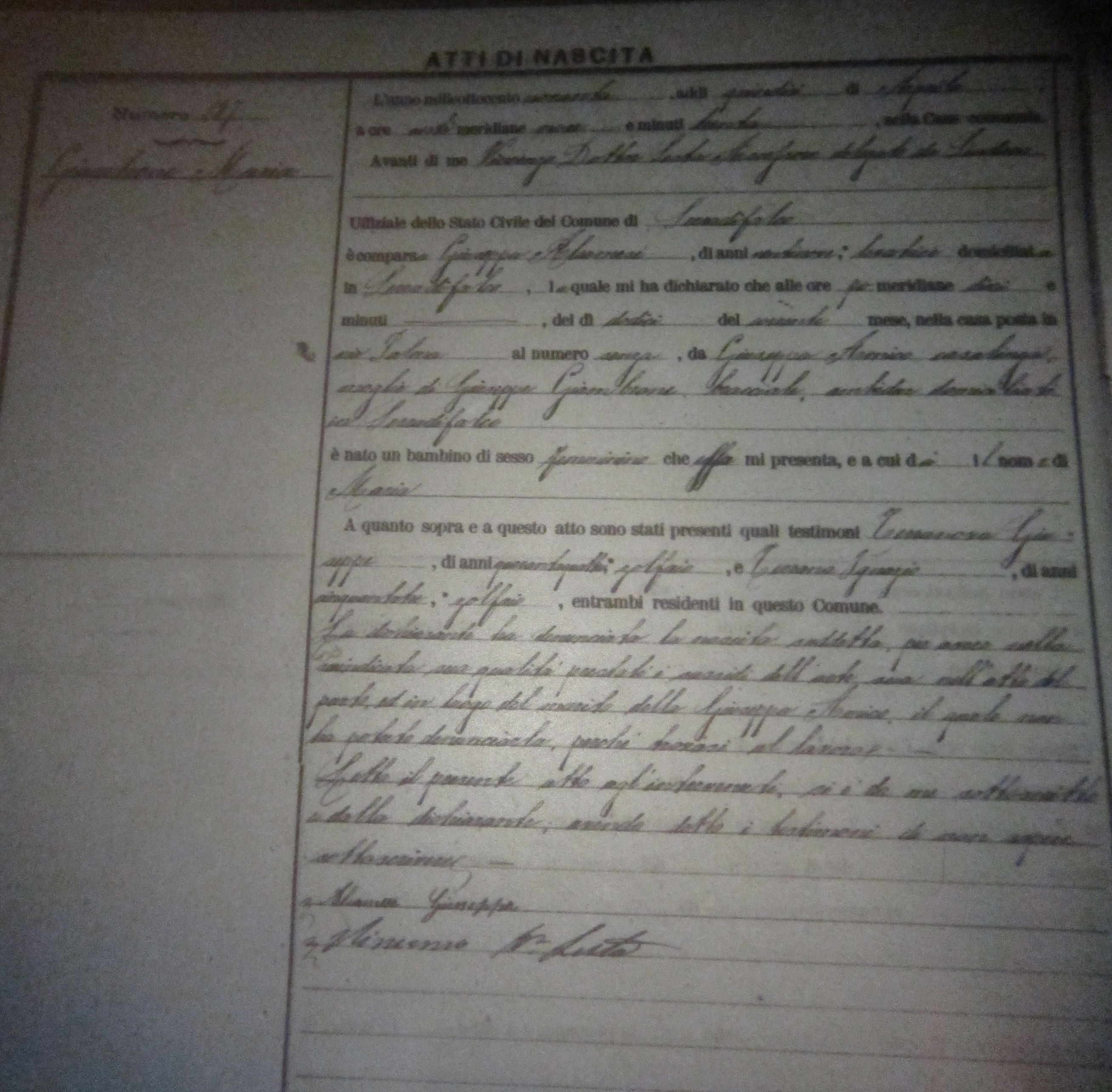

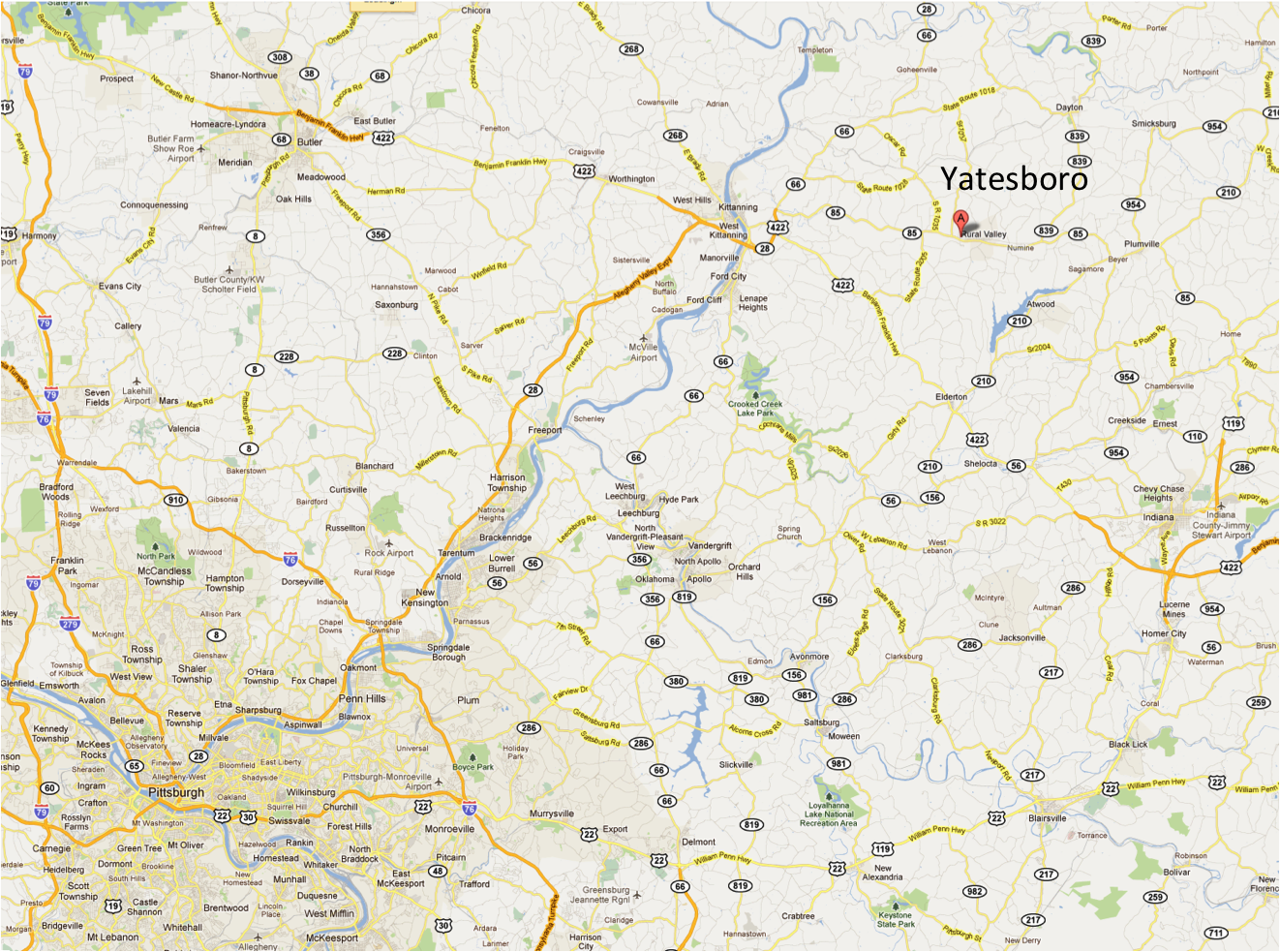


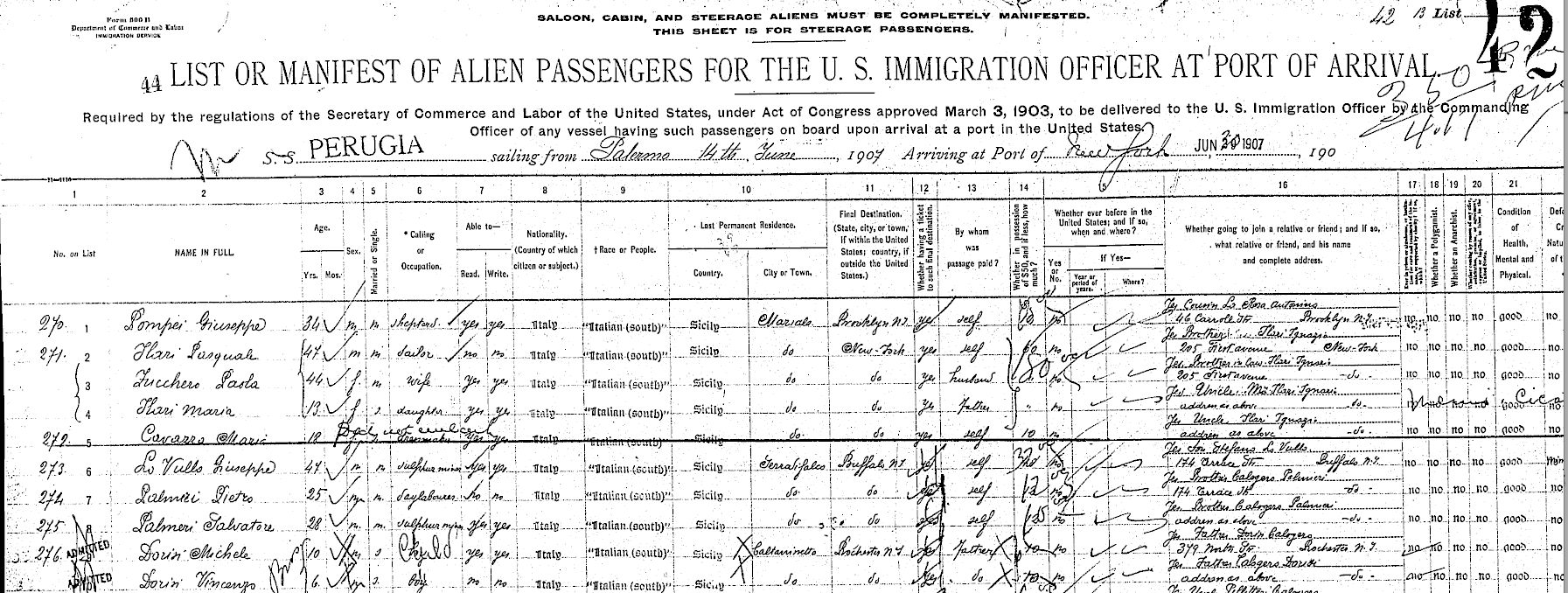
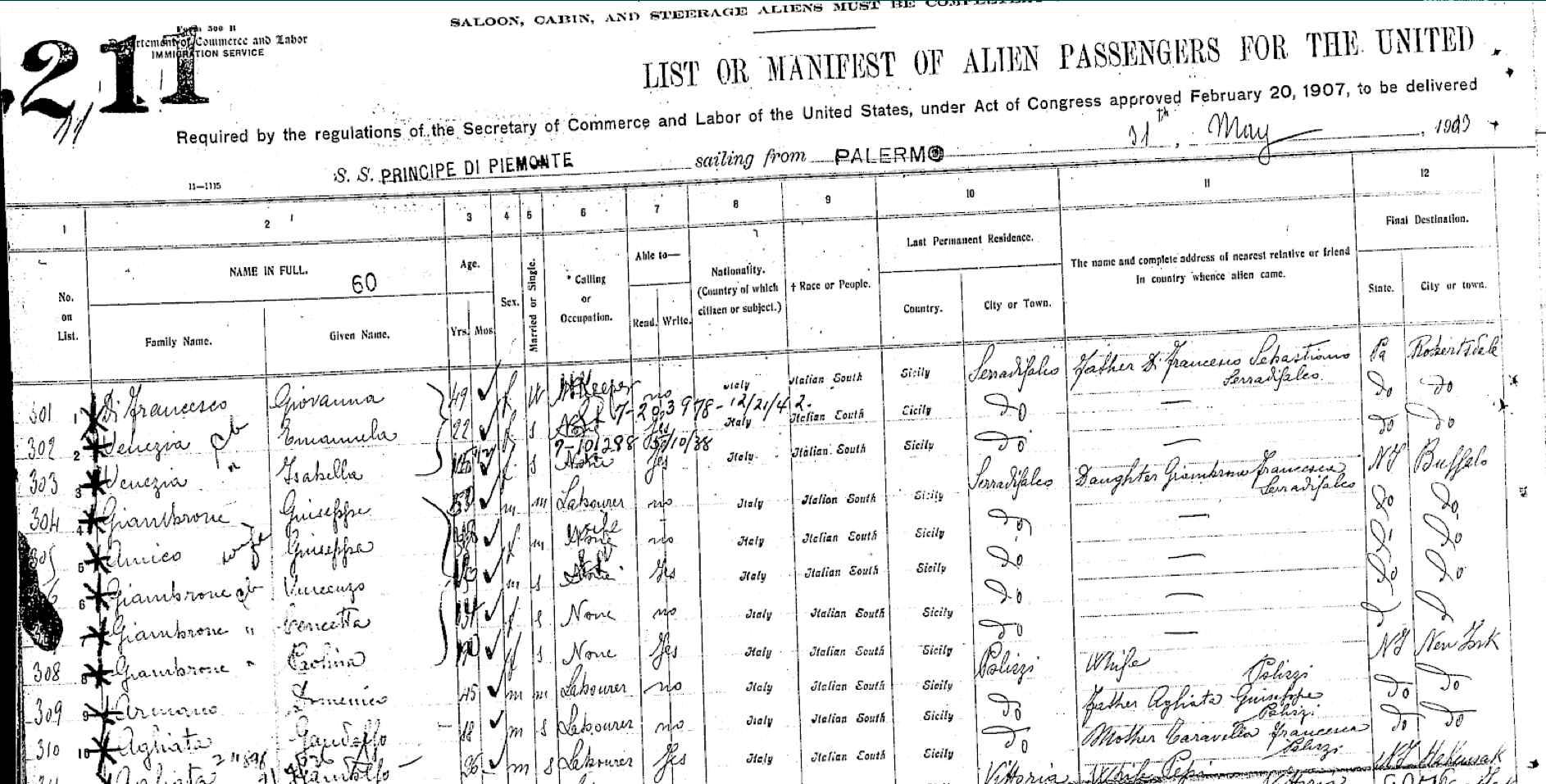
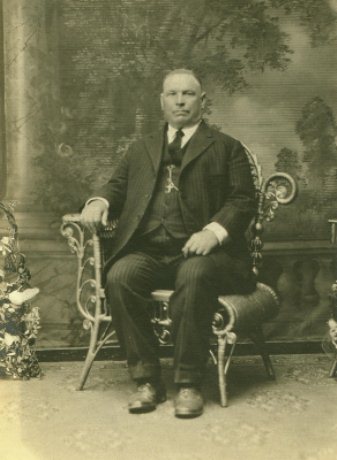
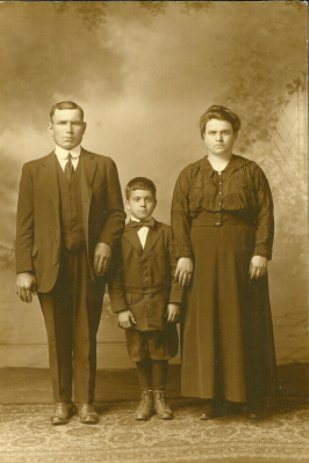
.png)
